Can you imagine a Disneyland with a Spanish twist? Look no further than Shima Spain Village, a little slice of Spain in Japan. Known as Parque España, this theme park is a dream come true for lovers of Spanish culture. Curious about this unique park with its attractions, shows, and restaurants inspired by Spain? Read on to learn more!
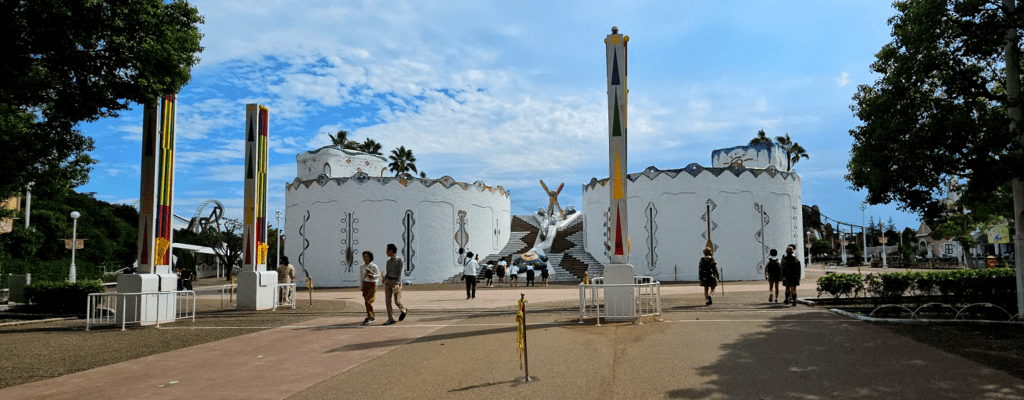
Shima Spain Village Theme Park
Shima Spain Village, also known as Parque España, is located in Mie Prefecture, south of Nagoya. Unlike other theme parks in Japan, this one uniquely recreates various elements of Spanish culture, such as flamenco, paella, ham, and bullfighting.
Opened in 1994, Parque España has remained a hidden gem for many, even after more than two decades. It’s no wonder that many Japanese people, with their love for both amusement parks and Spain, have embraced this delightful fusion.

Spanning 34 hectares, this theme park offers a wide array of Spanish-inspired shows and attractions. With 32 rides, 23 restaurants and cafés, and 19 shops, there’s something for everyone. The park also showcases famous Spanish locations, focusing mainly on Andalusia, Madrid, and Barcelona. Naturally, the park’s official mascots are none other than Don Quixote and Sancho Panza.
Passion and admiration for Spanish culture
It is well known that many Asians admire Spanish culture, a sentiment beautifully showcased in the Korean drama “Recuerdos de la Alhambra” (2018). Particularly, the Japanese are big fans of Spanish gastronomy and flamenco. Many travel to Spain to learn singing, dancing, and guitar playing from the best artists.
Beyond our cuisine, with delicacies like ham and wine that enchant the Japanese, tradition, culture, and history also captivate the Land of the Rising Sun. However, the significant distance between the two countries often makes travel challenging.
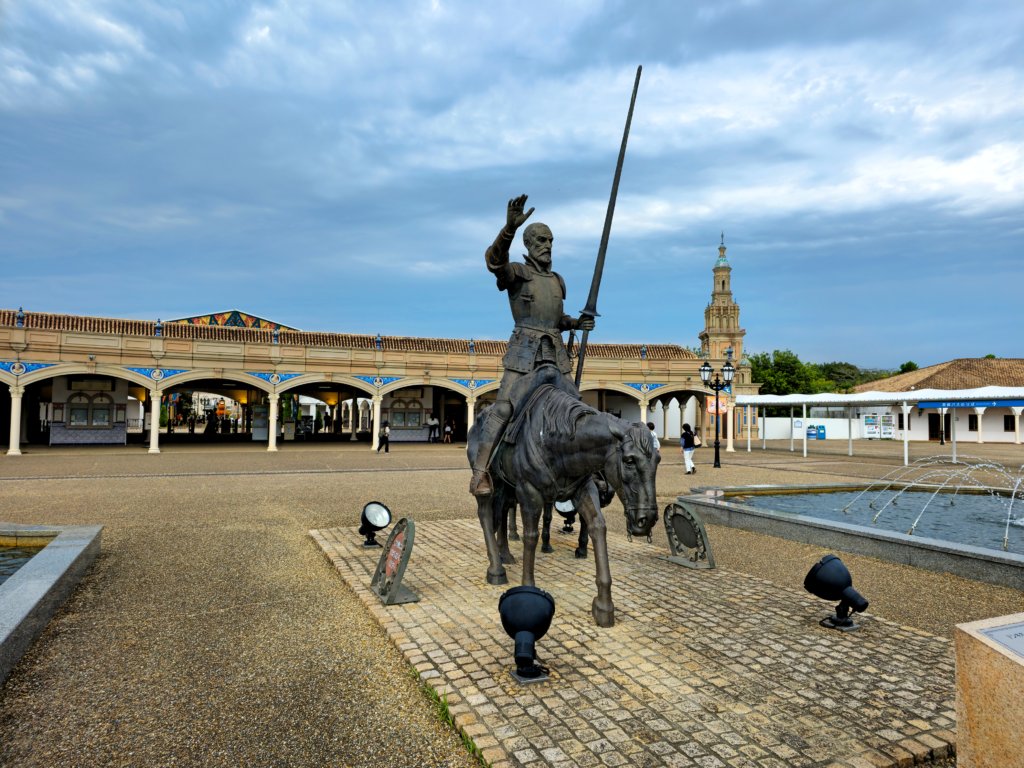
To bridge this gap and allow the Japanese to immerse themselves in Spanish culture, Shima Spain Village was created. This theme park recreates some of Spain’s most iconic places, offering a unique and accessible experience for all Spain enthusiasts in Japan.
Brotherhood with Spain
The establishment of this park is rooted in the partnership between Mie Prefecture and Spain, established in 1992. This relationship provides the park with authentic resources, such as architectural guidance and collections of objects.
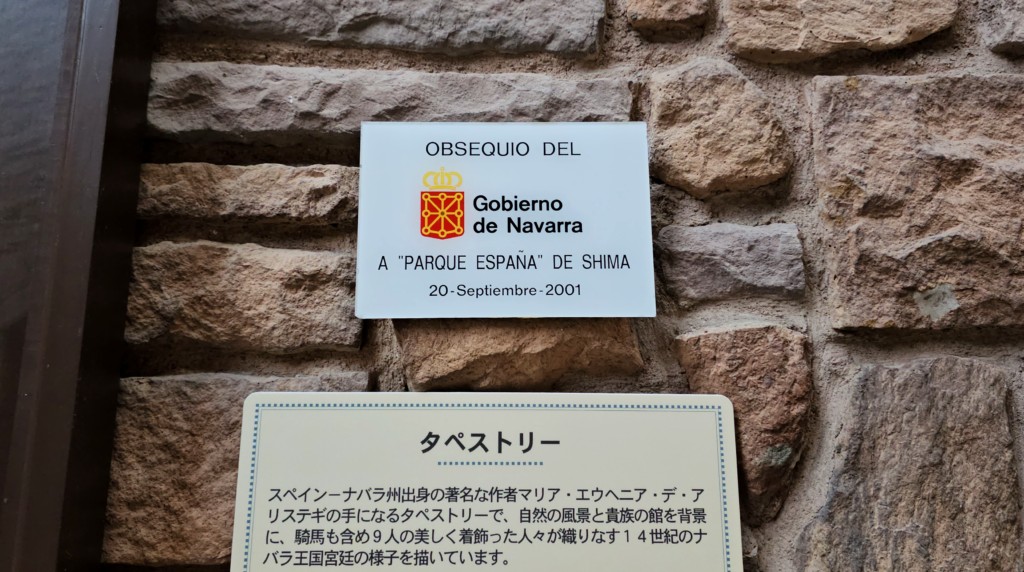
The park opened in 1994 during a theme park building boom in Japan, catering to a public that preferred experiencing different parts of the world with the convenience of staying close to home.
Given the Japanese admiration for Spanish culture, creating this theme park was a natural outcome of their fascination with Spain’s history, culture, and traditions.
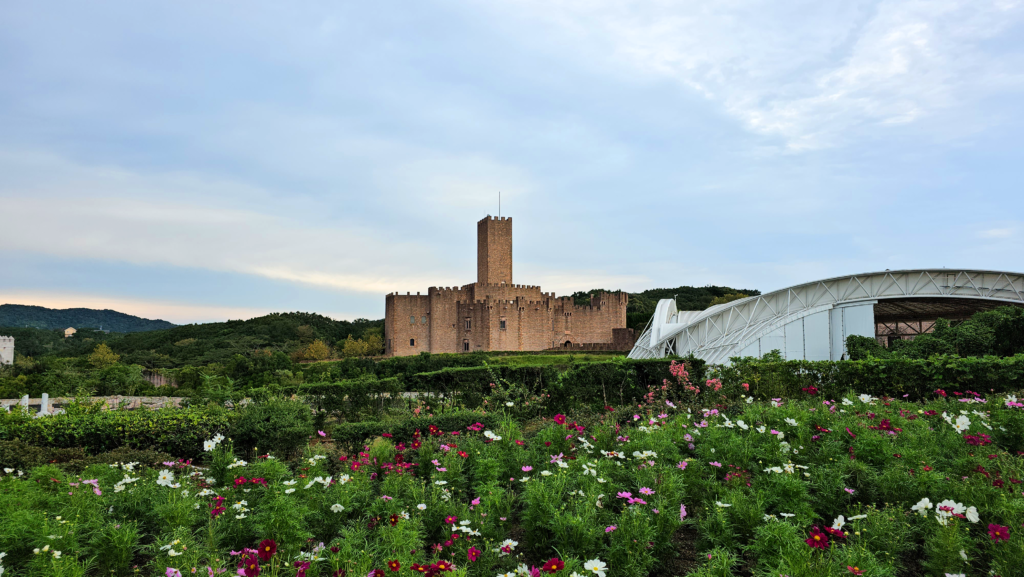
Architecture
The park’s architecture reflects the giyofu style, a minimalist trend from the imperial period (19th century) that aimed to recreate Western styles using Japanese techniques.
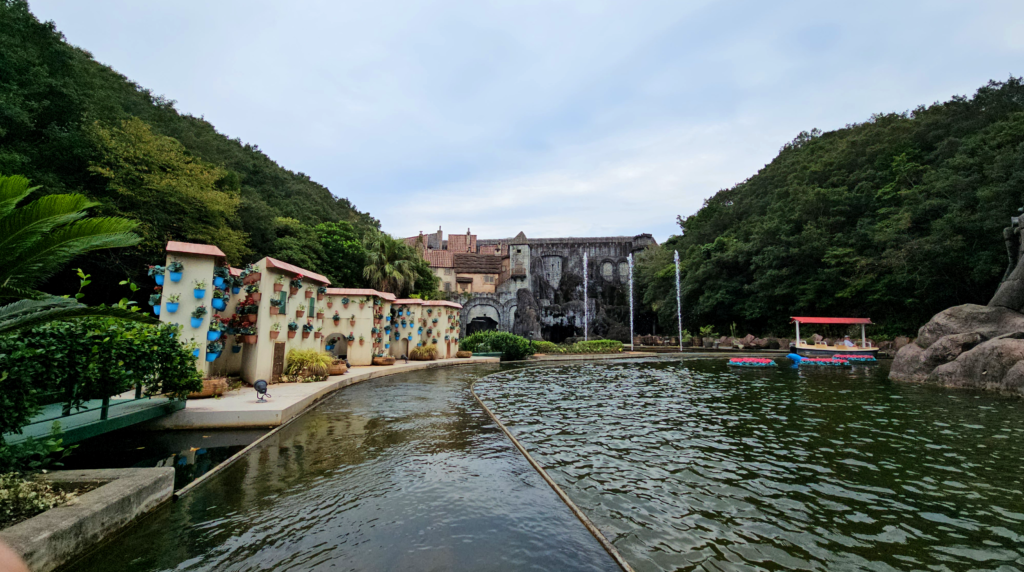
Although this architectural style and the trend of creating theme parks inspired by foreign countries (such as Huis Ten Bosch, a Japanese park recreating the Netherlands) have declined in recent decades, Shima Spain Village remains a testament to this unique blend of cultures.
Typically Spanish parades, shows, and activities
You can encounter characters like Don Quixote, Sancho Panza, and Dulcinea, bringing the park’s atmosphere to life and available for photos. Park staff are dressed in traditional Spanish costumes; women wear flamenco dresses, and men wear bullfighter outfits.
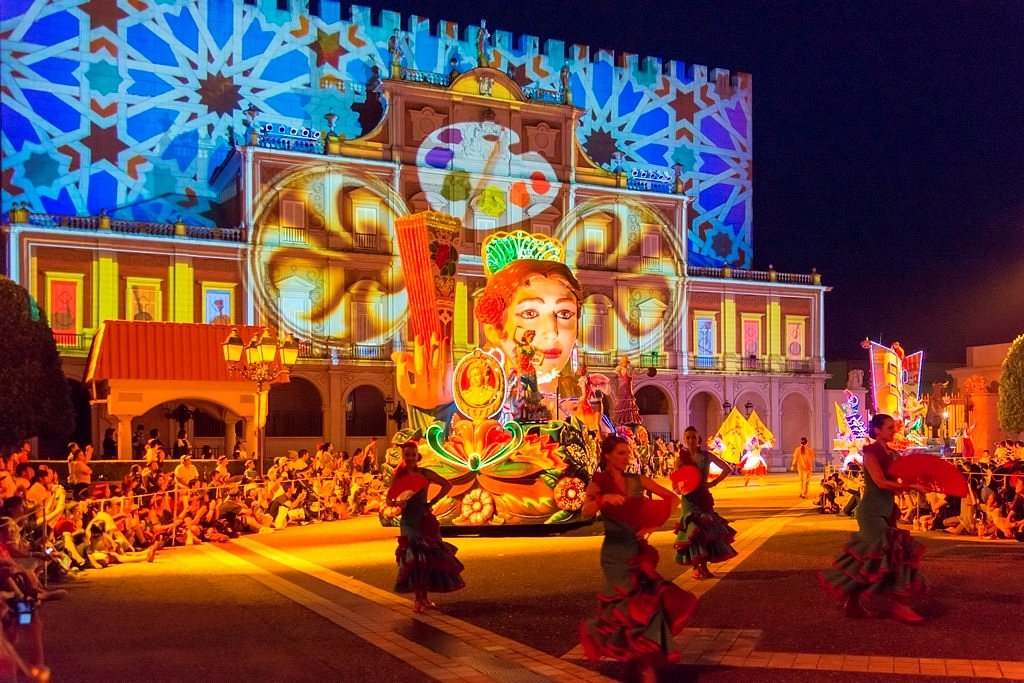
The park features a Disneyland-style parade daily, where characters dance to the rhythm of chotis and sevillanas. The parade includes floats representing famous Spanish celebrations, such as the Fallas and bullfighting. Visitors can join the parade on some floats for a small extra fee.
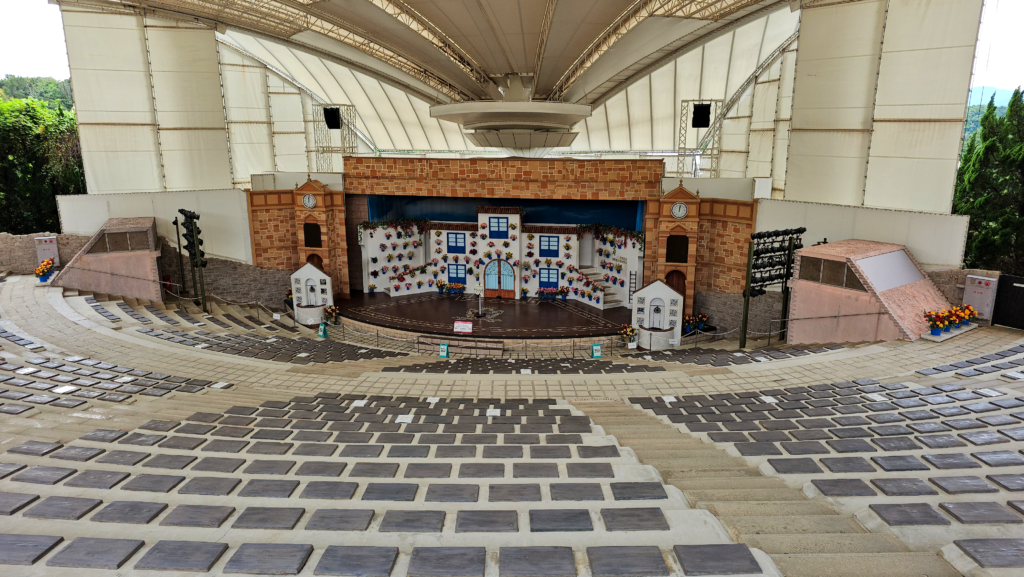
Flamenco shows, bullfighting, Andalusian horse shows, regional costume parades, guitar concerts, and workshops in pottery, painting, and dance are among the many activities rooted in Spanish culture. The park also hosts special events for San Fermín, Easter, and Christmas.
Attractions inspired by Spanish culture include a roller coaster simulating the Pyrenees, a La Tomatina merry-go-round, a flying galleon of Don Quixote, and a Gaudí carousel.
Additionally, there are Galician raised granaries and a 3D San Fermín running of the bulls.
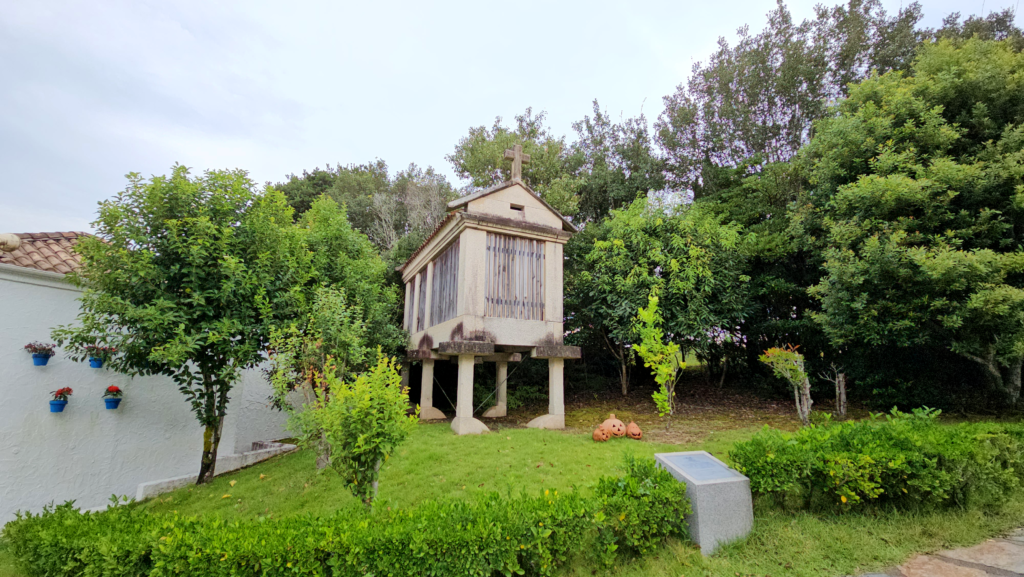
Spanish locations
The diversity within the park is astonishing. You can walk down a street in Nerja (Malaga) and suddenly find yourself in Plaza de Cibeles. The park meticulously recreates various Spanish icons in incredible detail.

As visitors stroll through the park, they can recognise replicas of locations from different Spanish cities, including Puerta del Sol, Plaza Mayor, Cibeles, and the statue of Columbus from Madrid; Andalusian farmhouses; the courtyards of Cordoba; the Alhambra in Granada; the Alcázar of Segovia; and Barcelona’s Park Güell, among others.
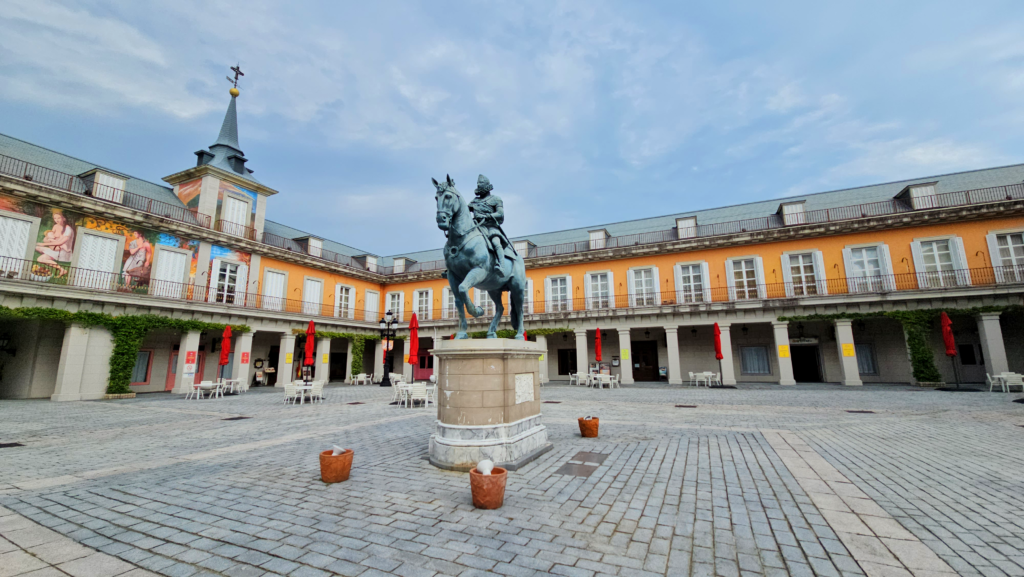
The creators of Parque España strive to stay true to the replicas they recreate, though they sometimes take creative liberties, like placing Madrid’s iconic Cibeles fountain in the heart of Puerta del Sol. 😏
Areas
The park is divided into different zones. First is Plaza Cibeles, home to the Iron Tower attraction.
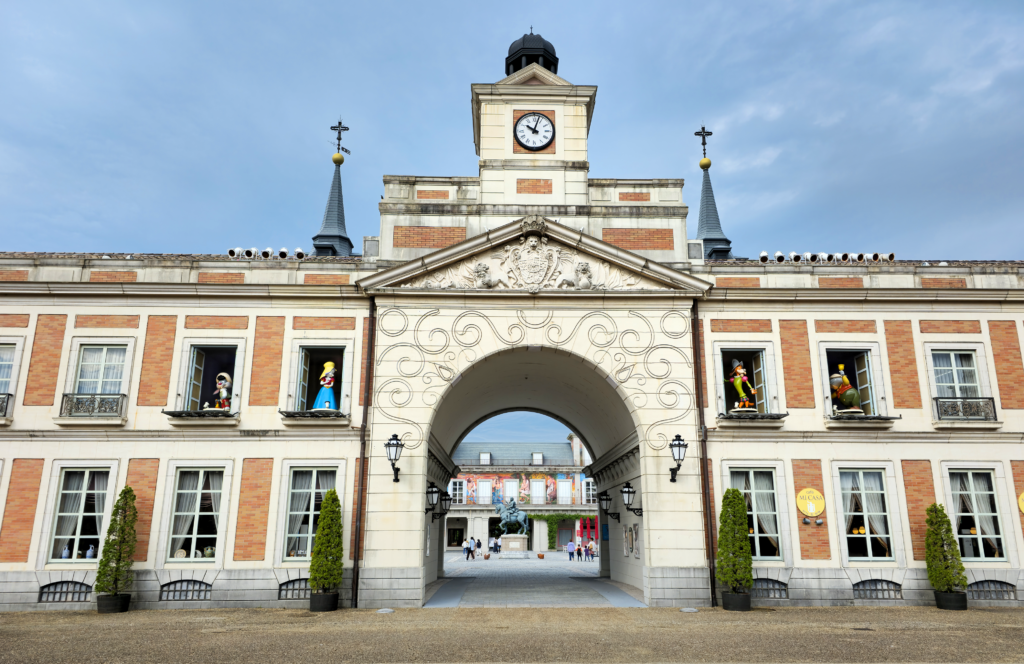
In this area, you’ll also find Pierrot’s Circus, offering various experiences such as the Aerial Circus Adventure (a shooting attraction from a suspended gondola), the Burning Building, Leaping with Animals, and the Carnival House.
There is also a Circus House, an area with rides for young children, where you can even get your face painted with fun caricatures!
In the Plaza Mayor area, you’ll find a 3D tour featuring bulls on display.
Passing through the Puerta de Alcalá, you enter an area called Parque España, with buildings mimicking the architectural styles of different Spanish regions, such as Andalusia, Catalonia, and Castile. There is also a bullring, a church, a castle, and even a fishing village.
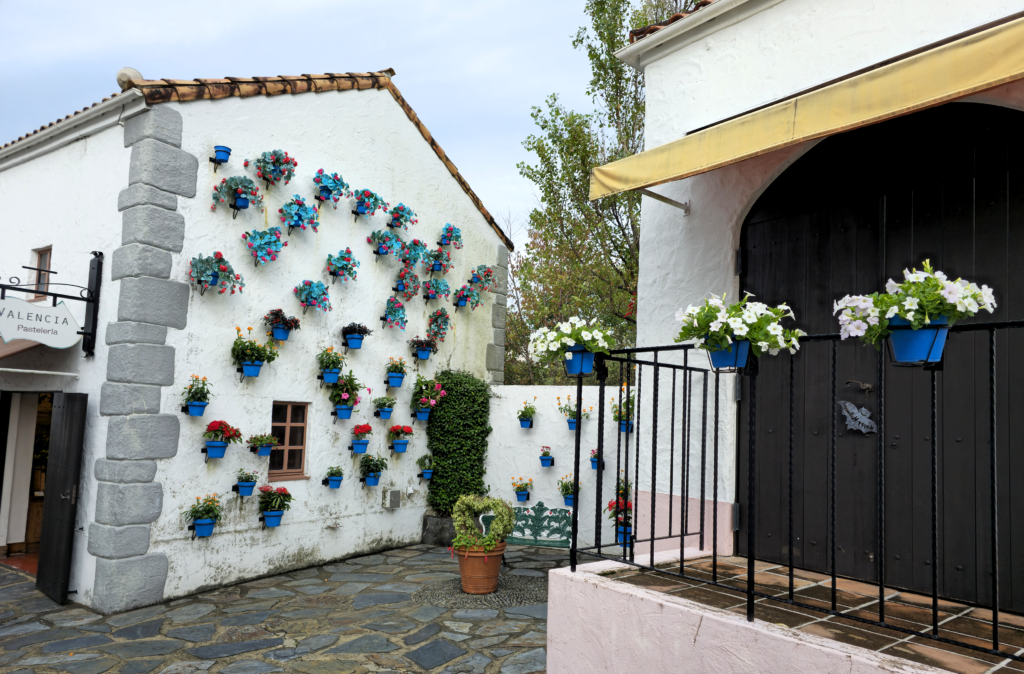
On Avenida de Carmen, there is a theatre called “Puerta del Cambrón”, the Nutcracker Suite attraction, the Ice Castle, the Museum ‘Castillo de Xavier,’ and the Casa de la Cultura.
On Santa Cruz Street, you can enjoy a Wine and Beer trip through Europe, the Treasure Hunt attraction in the Dragon Castle, the Pets Pavilion featuring characters from Parque España’s animated films, and a 3D tour of kitchens.
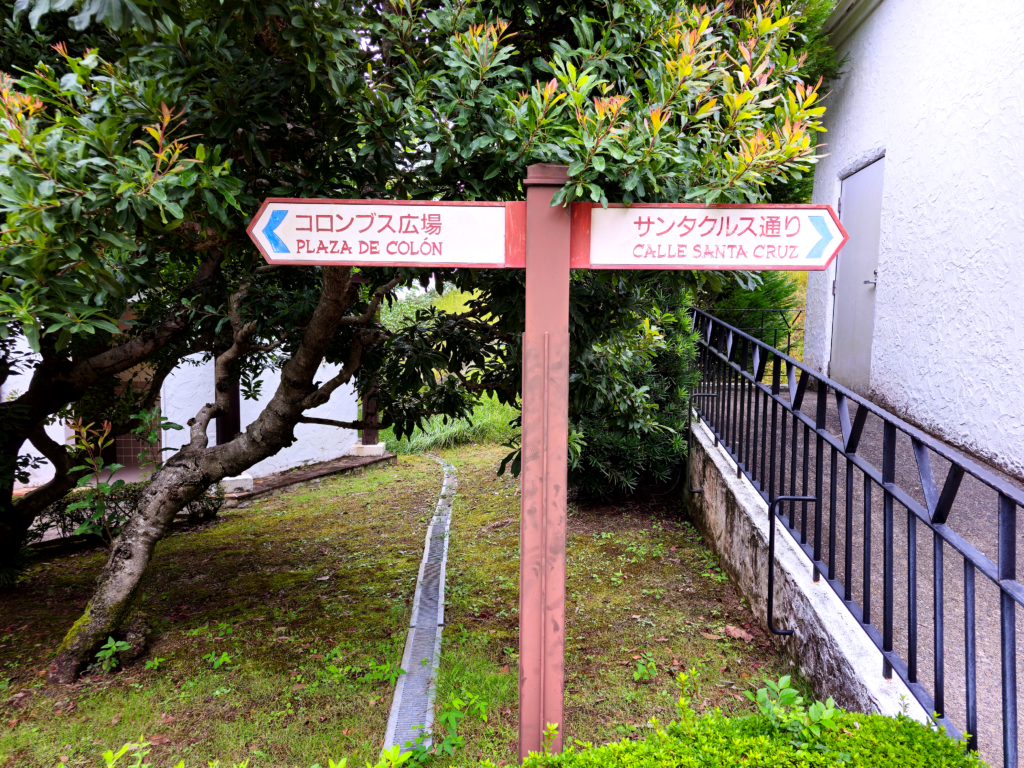
Plaza Colón offers the Mystery House of Choquy attraction, the Happy Cruise, the Adventurous Journey of Don Quixote, the 3D tour of Columbus’ explorations, and the Chap Chap Lagoon.
Finally, in Plaza de Fiesta, you’ll discover attractions such as The Pyrenees, the 360 Fantasy World of Dulcinea, Gran Montserrat, Montserrat Splash, The Tomatina, Balloon Friends, Battle of the Alcazar, Santa Maria Oscilante, Fiesta Train, and the Adventure with activities in the Fantasy World ‘Alice in Wonderland,’ along with the Montserrat roller coaster.
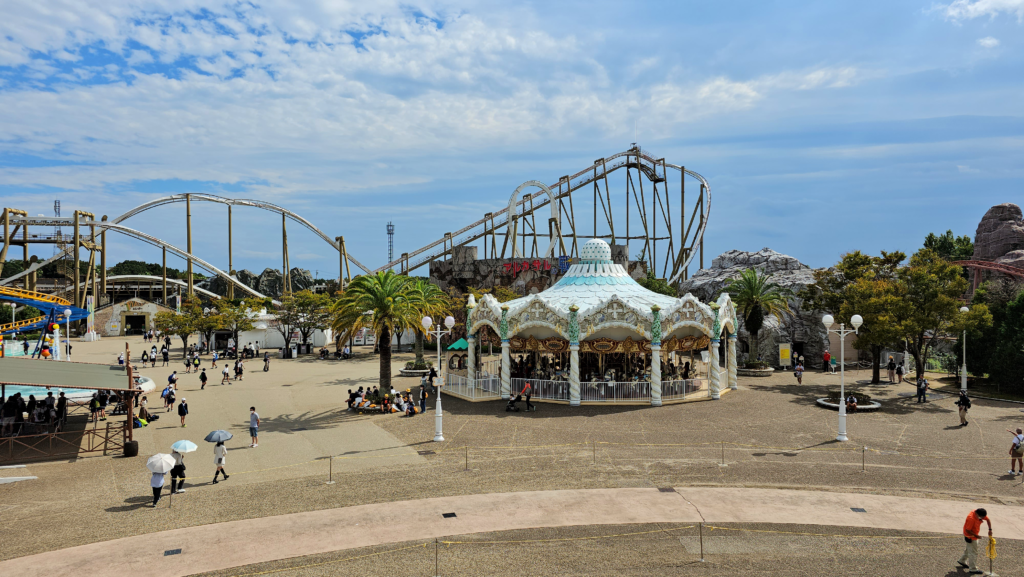
Castillo de Xavier museum
Castillo de Xavier museum is a scale reproduction selected among Spanish castles due to the significance of missionary Francis Xavier, the first Christian to visit Japan.
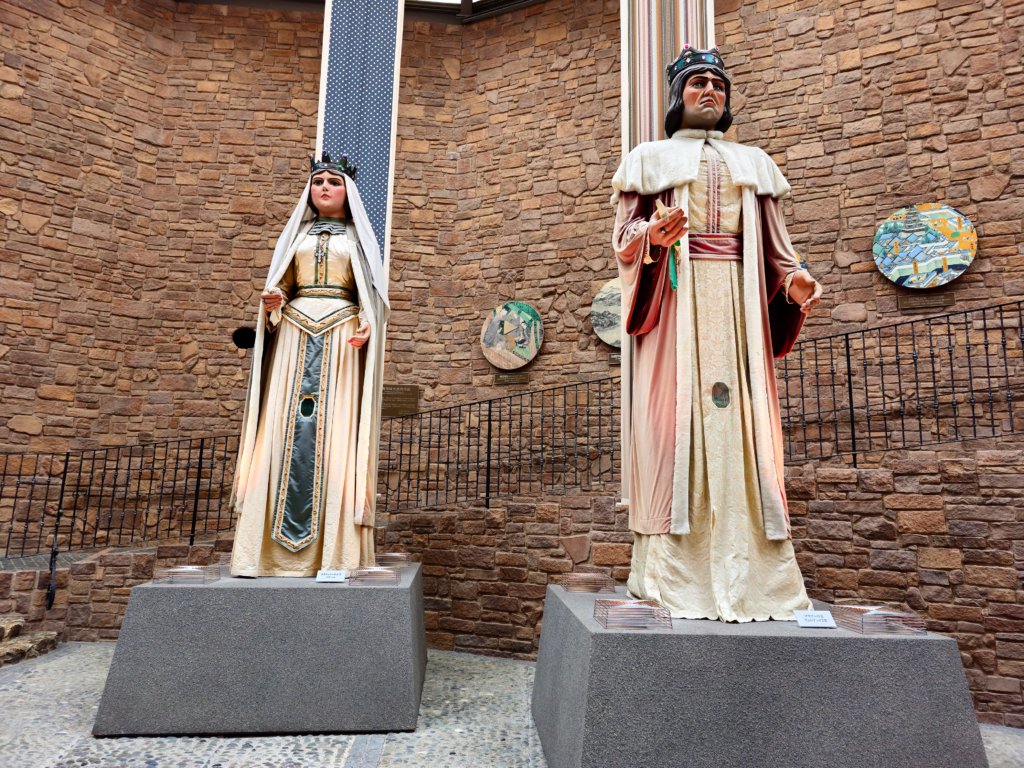
This museum offers a journey through Spain’s history, featuring a replica of the Altamira cave and statues of the Catholic Monarchs, among other elements. It also has ethnographic exhibitions of traditional instruments, costumes, and objects.
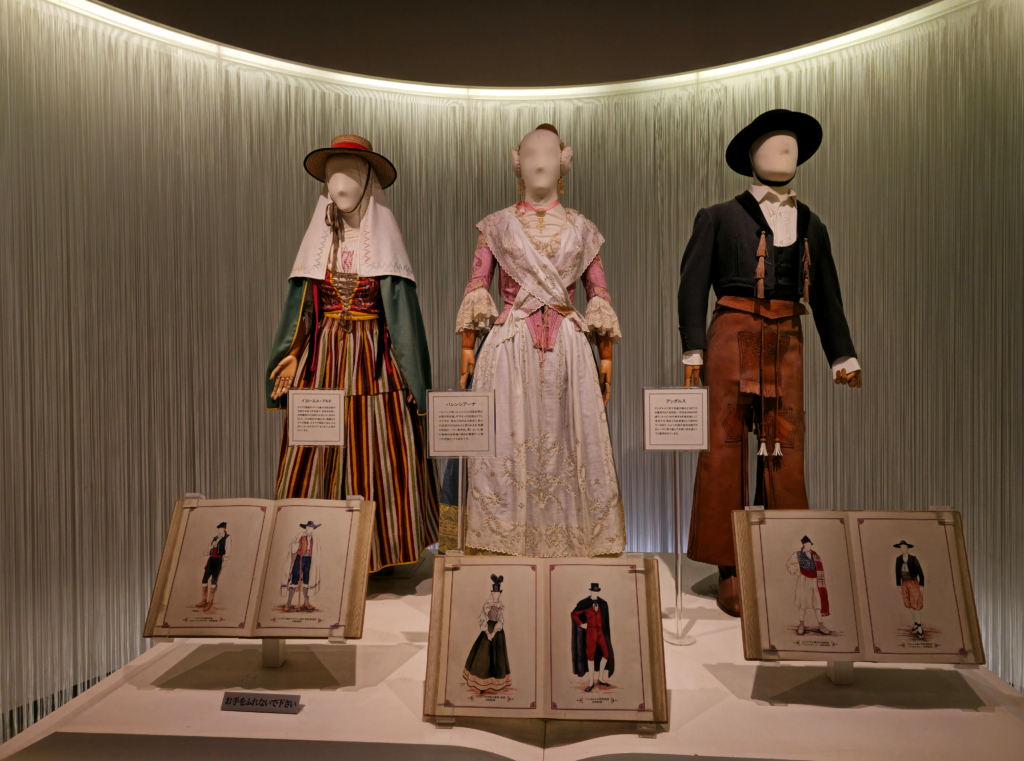
Puerta del Cambrón theatre
The Puerta del Cambrón theatre, inspired by Toledo’s Puerta del Cambrón, shows films about Spanish culture and history. Visitors can watch documentaries on various topics, such as the Master Painters of Spain and A Journey through Spain’s World Heritage.
Flamenco songs and dances are also presented in documentary format, such as “Viva la Blanca Paloma” by the Toronjo brothers.
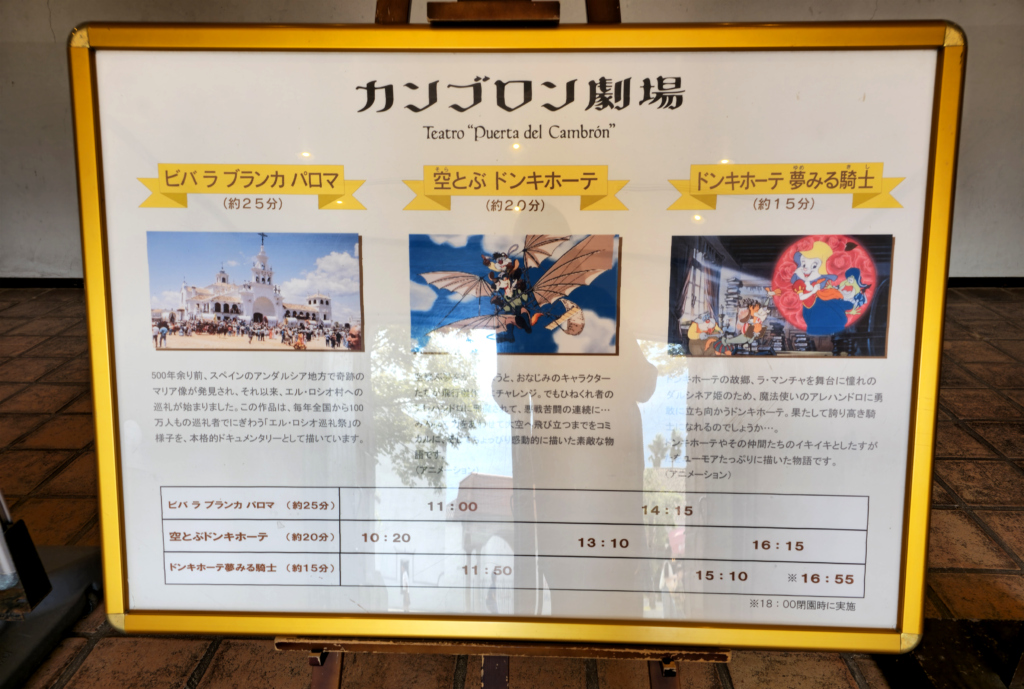
Rides
The park features a total of 32 rides, including roller coasters, water rides, carousels, mystery houses, and more.
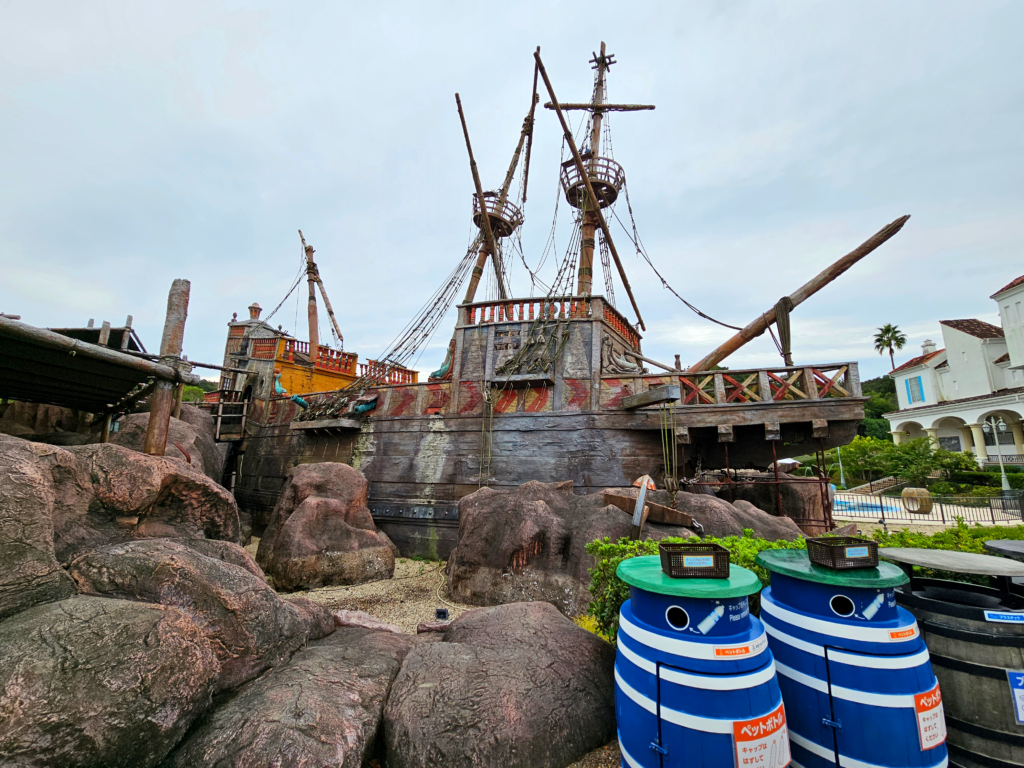
Most of these attractions are inspired by various aspects of Spanish culture. This is reflected in the names of some attractions, such as Carabela Santa María or Gran Montserrat.
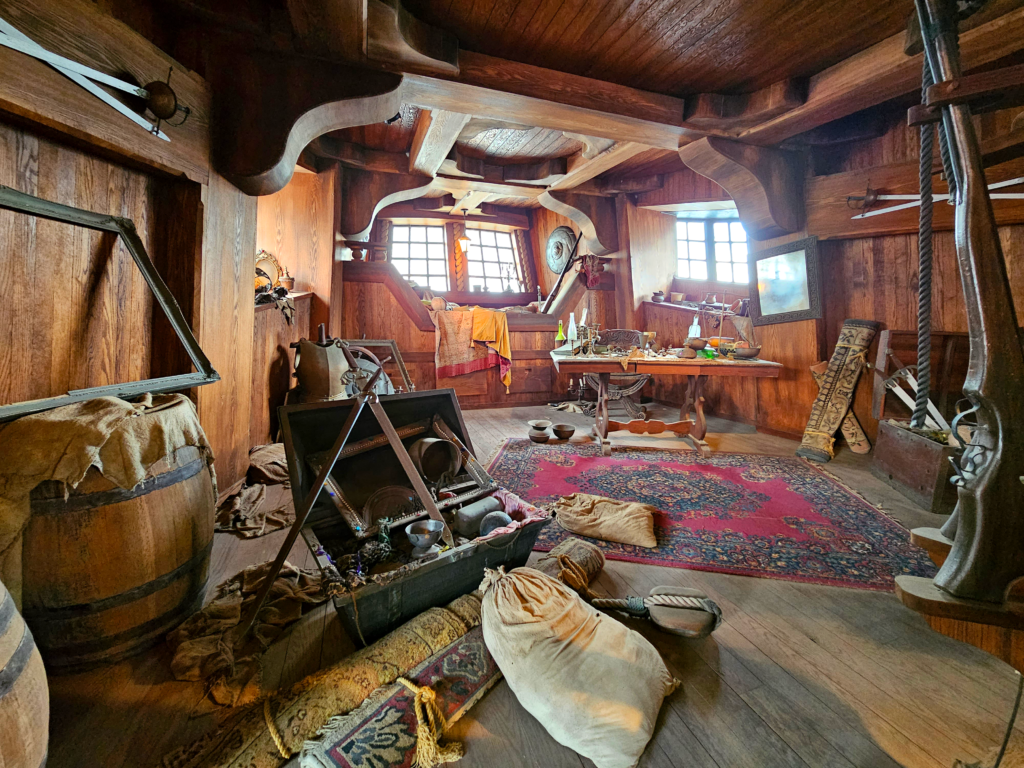
Some of the most popular rides are:
- Iron Tower. This indoor roller coaster has a mechanical bull carriage. Besides enjoying the ride, visitors can experience an indoor ride on the back of an iron bull, watching the breeding and bravery work that prepares them for the bullfight.
- Great Montserrat. Inspired by Montserrat, a rocky outcrop near Barcelona famous for its distinctive silhouette, this roller coaster lets you experience the thrill of exploring Montserrat at high speeds.
- Pyrenees. An inverted roller coaster that races through the imaginary Pyrenees.
- Tomatina. This rotating children’s ride, shaped like a tomato, moves to the rhythm of La Tomatina, one of Spain’s most internationally renowned festivals.
- Gaudí Carousel. Revolving around the works of the great architect, this ride is inspired by one of Gaudí’s masterpieces, Casa Batlló in Barcelona.
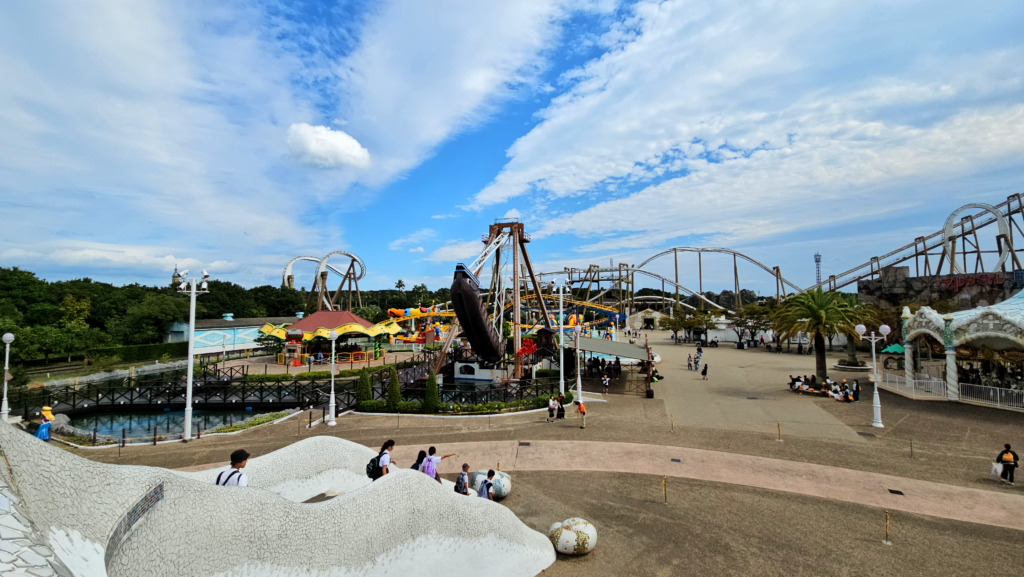
Among all these attractions, the most famous character in Spanish literature is featured in Don Quixote’s adventurous journey.
In the Bosque de los Cuentos, the tradition of Spanish fairy tales comes to life. Fantasy also finds its place in the Mystery House of Choquy, the Nutcracker Suite, the Ice Castle, and even in Alice in Wonderland, though it has no Spanish connection.
Restaurants
A park dedicated to Spain wouldn’t be complete without Spanish cuisine. The rides are complemented by shops and restaurants with names inspired by Spanish monuments, dishes, or cities.
Some of these include ‘Mi casa’, ‘Gallo, gallina’, ‘Alhambra’, ‘Torero’, ‘Polvorón’ and ‘Camino de Santiago’, while shops are named ‘Valencia’, ‘Marinero’, ‘Lladró’, and ‘Cháchara’. The restaurants serve traditional dishes like paella, gazpacho, Spanish omelette, croquettes, and offer Spanish wines and beers.
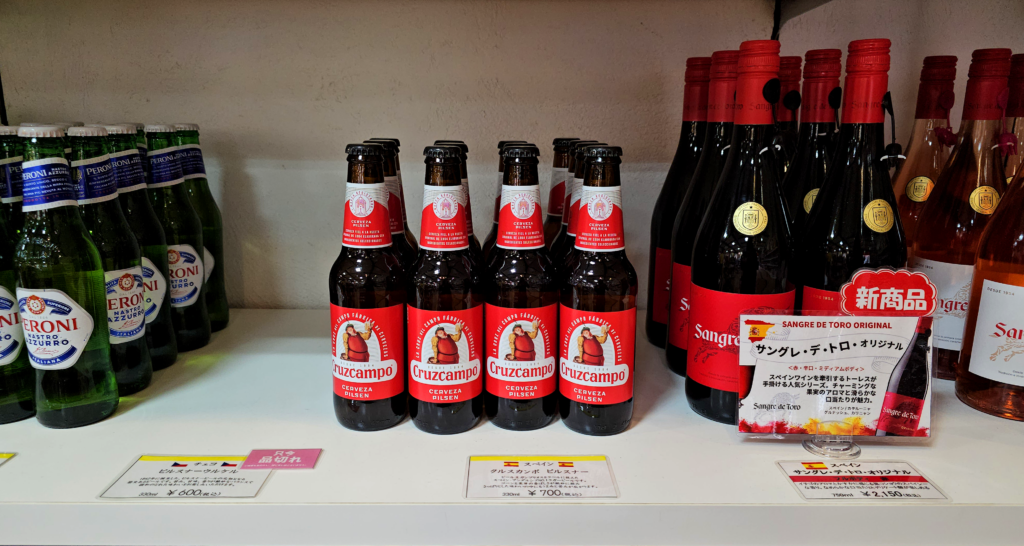
The decor and architecture of these eateries and shops are designed to make visitors feel as if they are in Spain, with styles ranging from modern to traditional Spanish, including reproductions of the Alhambra’s interiors. Visitors can enjoy wine and beer tastings and authentic Spanish delicacies at various venues.
For instance, the traditional Alhambra Restaurant serves sangria and typical dishes, while the cozy Bar Torero is famous for its exquisite tapas. El Patio and several food stalls offer delicious options like churros and popcorn.
The Fantasía shop is a haven for sweet lovers, offering a selection of Spanish delicacies, including polvorones, perfect for Christmas gifts. For unique and elegant souvenirs, the Lladró porcelain gallery provides exquisite pieces. Visitors can also have their portraits taken in flamenco costumes at the park’s photo studio.

With its varied and attractive offerings, Shima Spain Village attracts over one and a half million visitors annually, making it a popular destination for children and families.
Prices and Opening Times
The park is open from 9:30 am to 5:00 pm on weekdays and until 8:00 pm on weekends and public holidays, though it closes on some days between November and March for maintenance.
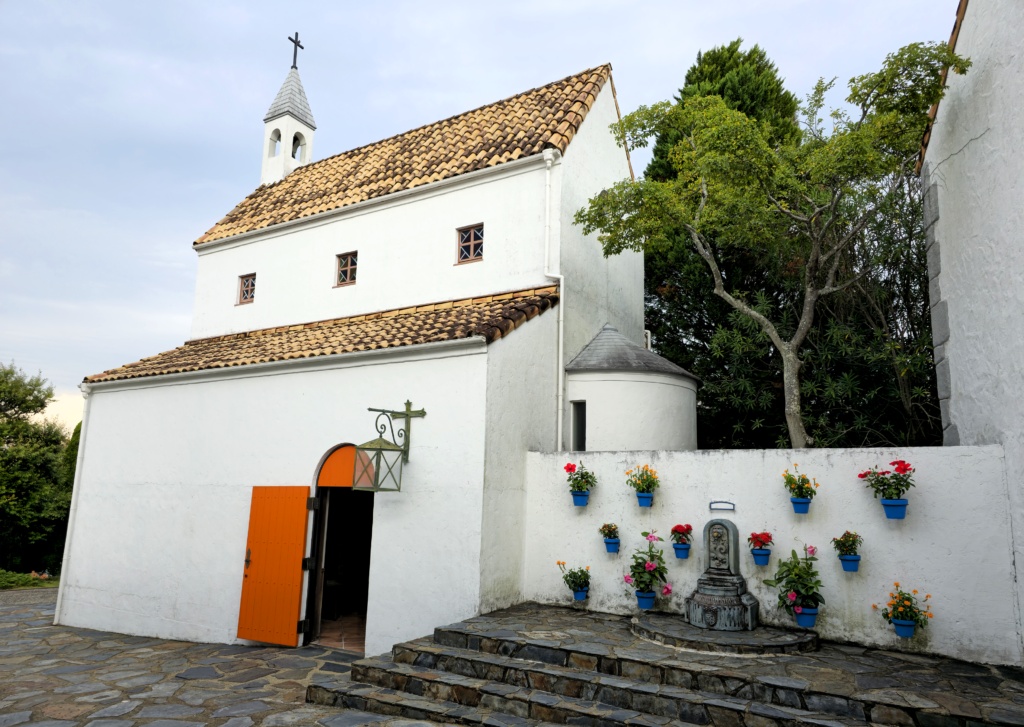
Prices for 1-day passes are 3,600 yen for children aged 3-11 and adults over 65, 4,400 yen for youths aged 12-17, and 5,400 yen for adults aged 18-64.
For 2-day passes, the prices are 4,600 yen for children aged 3-11 and adults over 65, 5,400 yen for youths aged 12-17, and 6,800 yen for adults aged 18-64.
Getting to Shima Spain Village
Shima, located in Mie Prefecture, is a city with a modest population of 46,937. Despite its small size, Shima features a unique attraction designed to recreate the charm of Spain and draw tourists to the area. This initiative aims to counteract the migration trend to larger cities like Tokyo and Osaka.
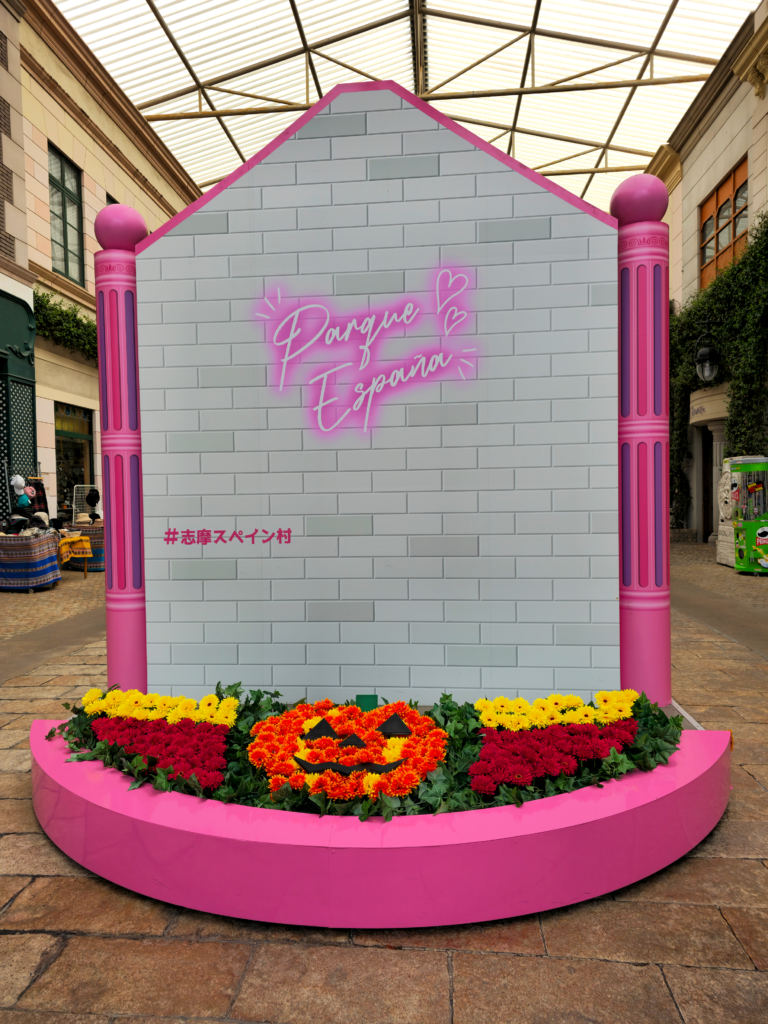
The quickest and easiest way to reach Shima Village is to take the limited Kintetsu fast train from Nagoya, which takes about two hours to Ugata Station. From there, direct buses to Shima Spain Village take only 13 minutes.
Accommodation
Though Shima Spain Village may seem somewhat remote, it doesn’t require a strenuous journey. There are hotels and hot springs available on-site.
Adjacent to the park is Hotel Spain Mura, which is designed to evoke the essence of Andalusia. The hotel features several Andalusian-style patios and a cafeteria inspired by the architecture of the Mosque of Cordoba. Additionally, there is a Japanese-style spa (onsen), offering a quintessential Japanese experience.
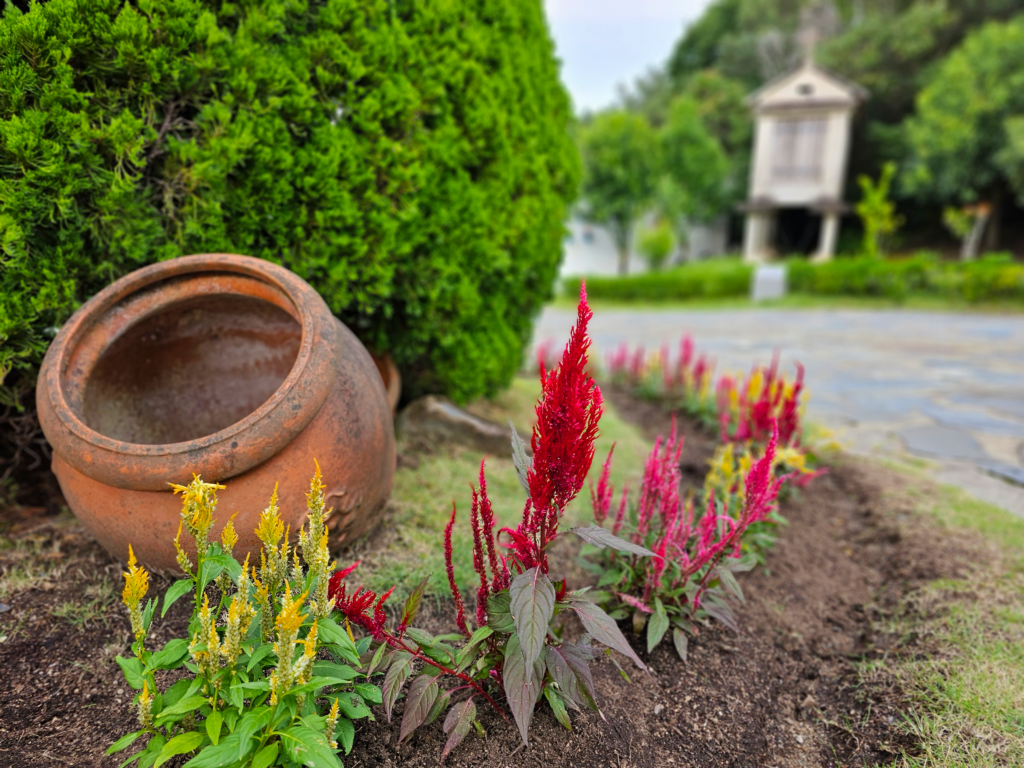
Shima Spain Village is a delightful place to visit for those who appreciate Spain and are curious about the Japanese interpretation of it. It provides a great way to explore both Spanish and Japanese cultures simultaneously. Would you like to visit?



